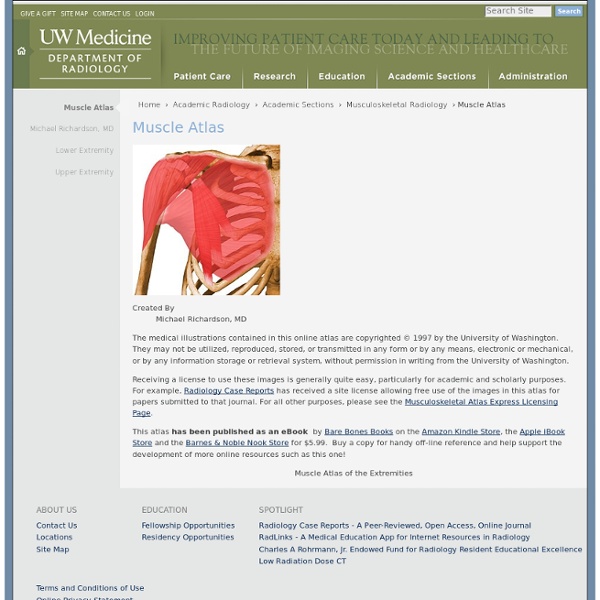



Study table and customizable games about UE and back innervations incorrect cards (0) correct cards (0) remaining cards (48) Save retry fix restart shuffle help To flip the current card, click it or press the Spacebar key. retry the cards in the incorrect box restart all cards Embed Code - If you would like this activity on your web page, copy the script below and paste it into your web page. e-meducation.org Anatomy Guides for ligs, joints, muscles of diff body segments Introduction At first, the elbow seems like a simple hinge. But when the complexity of the interaction of the elbow with the forearm and wrist is understood, it is easy to see why the elbow can cause problems when it does not function correctly. Part of what makes us human is the way we are able to use our hands. This guide will help you understand what parts make up the elbowhow those parts work together Important Structures The important structures of the elbow can be divided into several categories. bones and jointsligaments and tendonsmusclesnervesblood vessels Bones and Joints The bones of the elbow are the humerus (the upper arm bone), the ulna (the larger bone of the forearm, on the opposite side of the thumb), and the radius (the smaller bone of the forearm on the same side as the thumb). Articular cartilage is the material that covers the ends of the bones of any joint. Ligaments and Tendons There are several important ligaments in the elbow. Muscles Nerves Blood Vessels Summary
Photo Gallery of Anatomy Models Labeling, design and programming by Leif Saul. Photos by Leif Saul, Chris Landis, and Robert Donovan. Note 1: You can zoom in on these models. Note 2: The choice of labeled structures does not necessarily indicate what you are responsible for. Note 3: Each model photo now offers several labeling options. Body Regions Head: midsagittal section (primarily structures of the brain)Thorax: deep view (primarily blood vessels)Abdomen: visceral organsAbdomen: deep view (primarily visceral organs and vessels)Leg: deep posterior view (primarily muscles and blood vessels) Integumentary System Skin of the armpitSkin of the hairy scalpSkin: epidermis and dermis Skeletal System Skeletal system: compact boneSkull: cranial base, superior viewSkull: cranial base, inferior view Articulations Knee: anterior viewKnee: posterior view Muscles Respiratory System Larynx: small model, internal viewLarynx: large model, anterior viewRespiratory system: cutaway view of lungs Digestive System Cardiovascular System
WebAnatomy- labled diagrams and good quizes Quiz Bowl and Timed Test were retired at the end of summer 2013. Quiz Bowl had always been buggy, as many people had pointed out, and it had become difficult to maintain. It also used technology that doesn’t work on a lot of newer computers or tablets. Timed test depended on a browser add-on that both Microsoft and Apple have encouraged users to remove for security concerns. For these reasons, we took these two quizzes down at the end of the month. Thanks to everyone who has shown support for them, and we hope you continue to use the other quizzes on this site! Looking for the Image Bank? Conference for High School Anatomy and Physiology Instructors - October 17 and 18, 2014 - Minneapolis, MN.
Moore - Essential Clinical Anatomy - userlogin Essential Clinical Anatomy, Third Edition presents the core anatomical concepts found in Clinically Oriented Anatomy, Fifth Edition in a concise, easy-to-read, and student-friendly format. This streamlined book is the ideal primary text for health professions courses with brief coverage of anatomy and functions as a convenient review for medical students. This updated edition features new full-color surface anatomy and new diagnostic images. Essential Clinical Anatomy, Third Edition now includes free online student resources with 145 interactive clinical cases, 135 USMLE-style review questions, and more! Other Product Details All Materials Copyright ©2014 by Lippincott Williams & Wilkins.
orthopod Introduction A painful sacroiliac joint is one of the more common causes of mechanical low back pain. Sacroiliac (SI) joint dysfunction is a term that is used to describe the condition - because it is still unclear why this joint becomes painful and leads to low back pain. Sacroiliac joint dysfunction can be a nuisance but it is seldom dangerous and rarely leads to the need for surgery. Most people who suffer from this problem can reduce the pain and manage the problem with simple methods. This guide will help you understand how the problem developshow doctors diagnose the conditionwhat treatment options are available Anatomy What part of the back is involved? At the lower end of the spine, just below the lumbar spine lies the sacrum. The SI joint is one of the larger joints in the body. The SI joint is held together by several large, very strong ligaments. The SI joint hardly moves in adults. Related Document: A Patient's Guide to Lumbar Spine Anatomy Causes What causes this problem? Symptoms